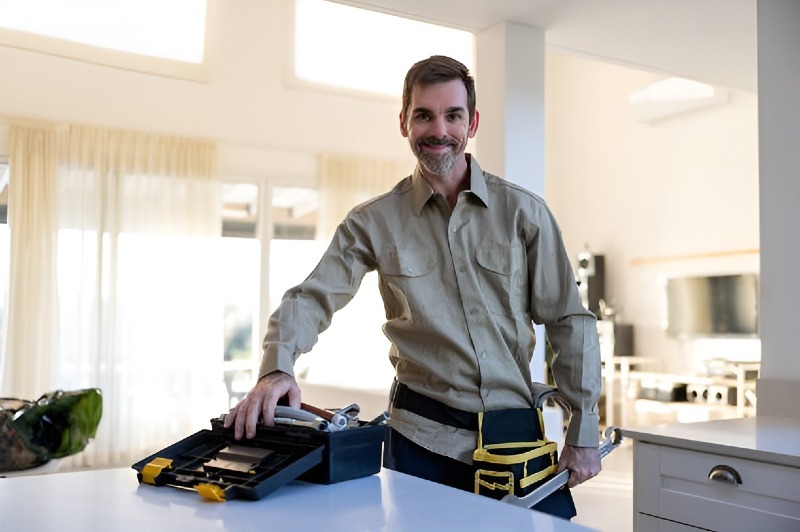1/20/2025 10:11 AM

When it comes to keeping your home warm during the chilly months, having a functional furnace is crucial. You might be encountering issues that prompt you to consider HVAC furnace replacement. Understanding the reasons and processes involved can help you make informed decisions.
One of the common indicators that your furnace might need attention or replacement is when you notice error codes flashing on your unit. Error codes can indicate a variety of issues. For instance, if your furnace shows an 'E1', it often means there's an issue with the airflow or a blocked filter. Similarly, an 'E2' code can mean a malfunctioning thermostat or sensor.
If you see error codes like these, it's typically best to call a professional to diagnose the issue before it escalates. Mistakes in DIY fixes can sometimes result in more expensive repairs or even necessitate a complete HVAC furnace replacement. If you're unsure about what an error code means, don't hesitate to reach out to us at [Your Company Number] to schedule a thorough inspection.
While some may consider taking the DIY route for furnace maintenance, it's important to understand the risks involved. Furnaces are complex machines; incorrect handling of components, such as gas lines or electronic panels, could be hazardous. Routine maintenance such as changing filters may be safely performed by homeowners, but more intricate repairs or replacements require specialized skills.
However, if your furnace is beyond repair, or if you are consistently facing issues with efficiency and frequent breakdowns, it might be more cost-effective to explore HVAC furnace replacement as a long-term solution. A new unit can improve home comfort, lower utility bills, and eliminate the need for constant repair work.
Remember, regular maintenance can significantly extend the life of your current furnace. It's essential to have your furnace checked annually to ensure all components are operating smoothly, preventing any need for early HVAC furnace replacement.